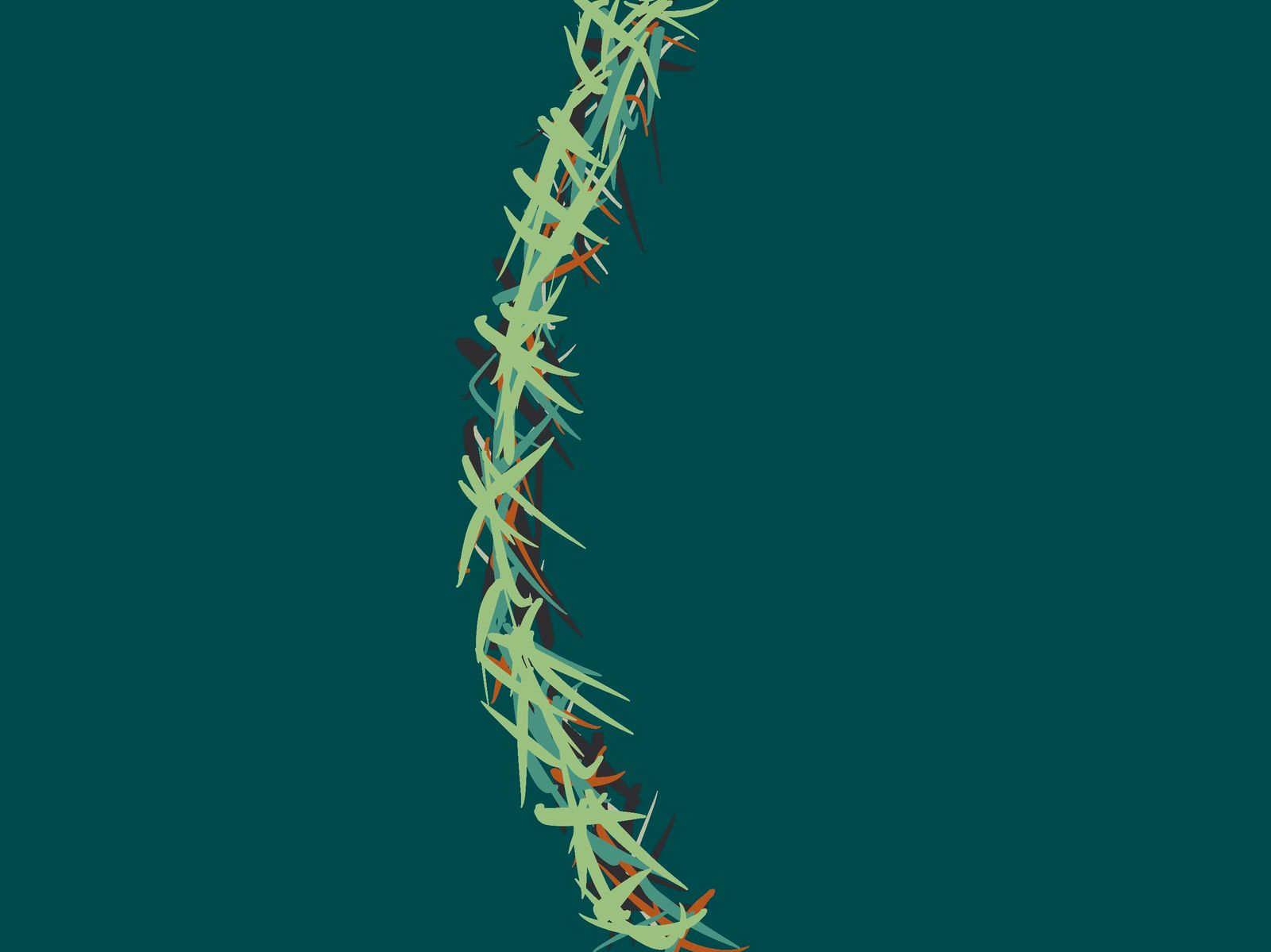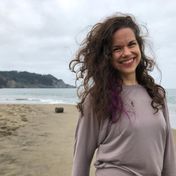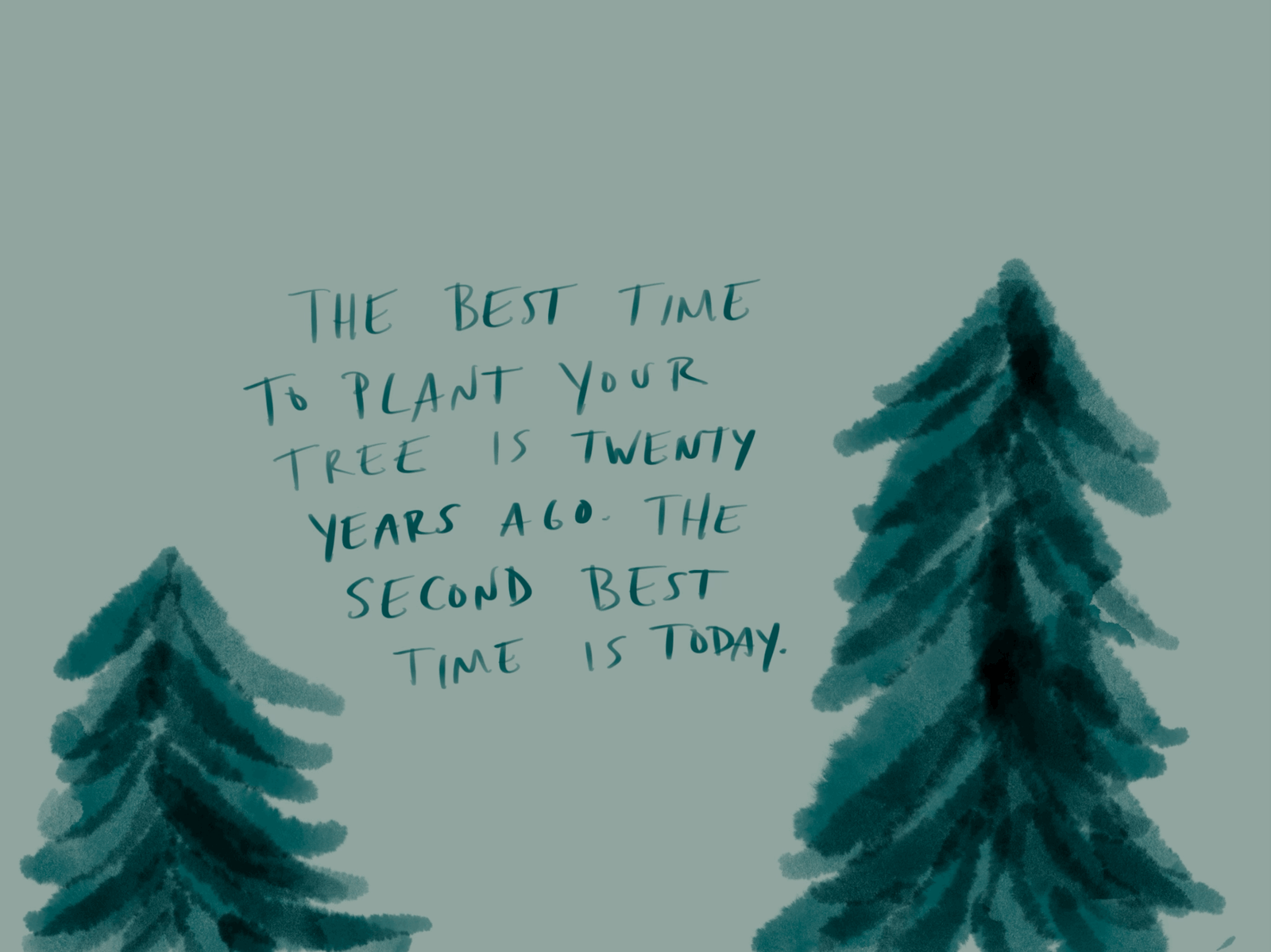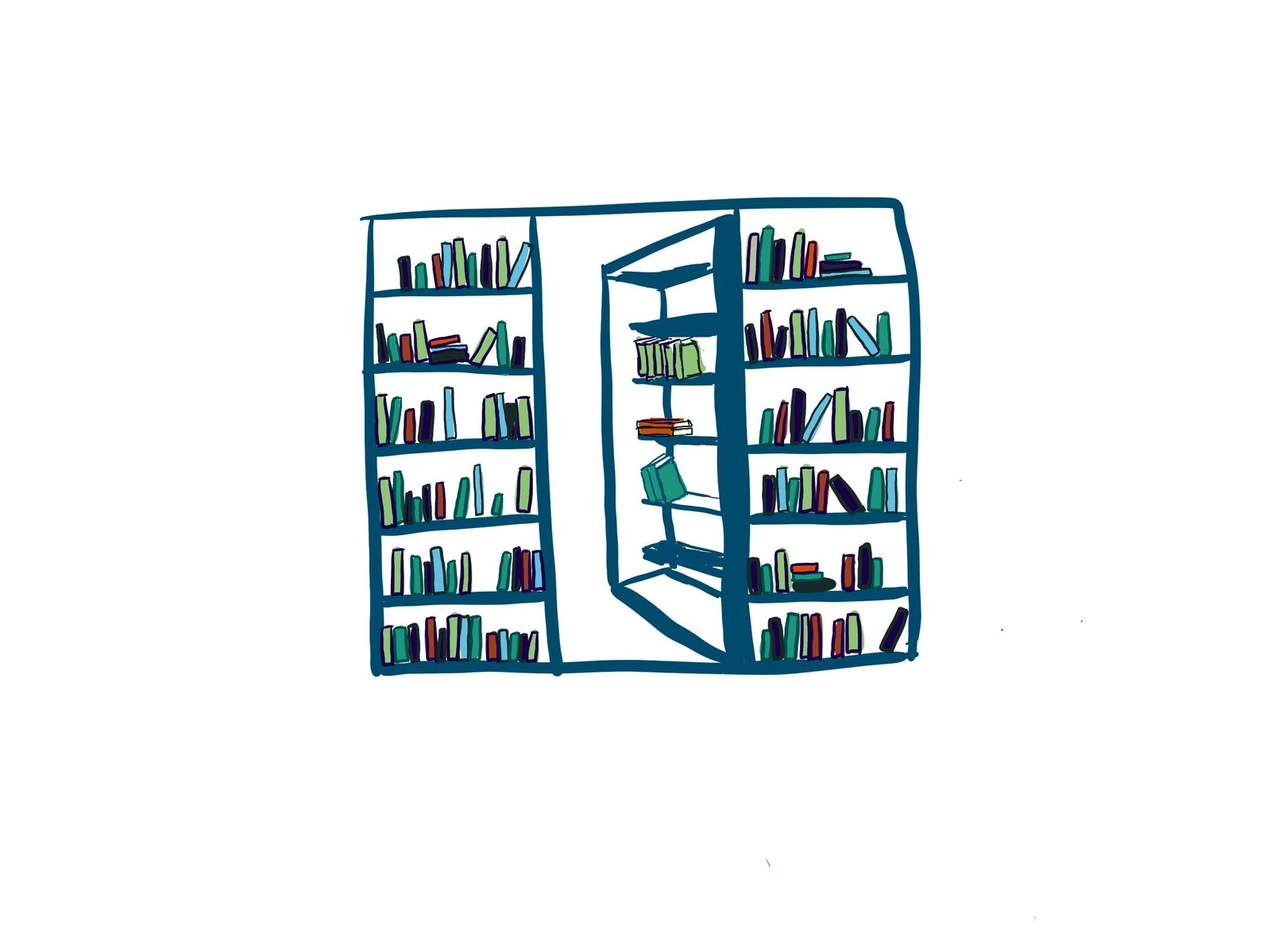Beavers are building a dam at the pond. It's headline news in our house.
Two weeks ago, little girl and I walked beside the pond, like we do everyday at 4PM. Something about 4PM turns us outside no matter the weather. Maybe it's her big restless spirit. Or maybe it's mine. Whether we have time or not, I find myself walking out the front door with a basket on my arm for her collections declaring, "I'm following you, kiddo, lead on." She could go out herself, she knows this and I do too. But being her follower, the person trusted with her treasures, feels like a holy thing. A temporary and holy thing. I won't be forever following her around with a basket on my arm. When she leads, nose down to the earth searching for a certain plant, face up watching clouds scudding across the moody gray spring sky, I see as she does: nature in it's full glory, full of wonder, full of changes. I see God every time.
That day, two weeks ago, she flitted between plants her aunt taught us to forage in early spring: chickweed, wild onions, wild radishes, dandelion, the first bloom of violets. "For your dinner, Mama." The basket filled quickly.
We walked over the bridge by the pond, she let out a plaintive sigh and said, "Remember, when I was still little, when Aunt Jenna took a video of a beaver swimming under the bridge? I wish we had beavers here."
"It wasn't that long ago," I said, "you're still little."
"But not that little, Mama. I was a diaper baby then. I don't even remember the beavers. I wish there were beavers in the pond now."
A week later, a row of sticks showed up in the pond, a row that looked suspicious, possibly intentional.
"Mama, do you think the beavers are back?" she asked.
"I don't know, we'll have to wait and see."
Three days later, the water level rose dramatically. The day before yesterday, the dam looked quite proper, strong like the backbone of a young healthy person. The water level had risen several feet.
"The beavers are definitely back," I said.
Yesterday, we walked over the bridge, like we do every day, basket hanging off my arm, weighed down this time with interesting specimens of a bright orange slime mold afflicting an Eastern cedar.
"Mama," she cried, "Mama, there is a beaver. I see it! I see it swimming! Get your phone. Get it out. We need a video. There's a beaver. Mama, be quiet so you don't scare it."
"I'm not the one who's shouting."
"Quiet, Mama. Phone!"
There, in the water, a small beaver swam swiftly between the reeds. His dark head glistening with water. His eyes seemed intelligent, like he knew what work he was about. He never turned toward us as he disappeared between the taller reeds, where the jewelweed grows in August. I recorded him. Little Girl was quiet beside me. Her energy electric. I could almost see her thoughts: her wish—her prayer?—had summoned this animal to our pond. She thought this was all just for her.
She has been dragging fallen branches and sticks beside the pond, an offering for her beavers. We've been jumping over the dams she's built out of pillows all around the house. I bought her a fresh notebook today, to keep a nature journal all about the beavers. Everyday now, the landscape is dramatically different: water levels are up—old logs that sat above the water line last week are a foot submerged. Trees are down, some big ones too, wood chips are everywhere. The beavers have properly moved in. There seem to be more ducks and geese and turtles in the pond already, because there's more pond. Or is that just me? Can the nature of my backyard change that quickly?
American Indians called the beavers "the sacred center" because of the way their ponds transform the landscape and make room for entire ecosystems of waterfowl, fish, and mammals to develop. Their dams filter water, allowing microbes to breakdown pesticides in storm runoff. They limit flash floods and erosion and raise the water table because they keep the water on the land longer. And later, once the dams break and the beavers move on, beaver meadows built up with rich sediment create the soil that can supports forests or farms. Scientists today call them "keystone species," but I like "sacred center" better.
Because, of course, this dramatically changed landscape is a metaphor for our souls. In all of us is a little stream of God-given goodness, his love in which we move and breathe and have our being, and if we can dam it up properly, like we're meant to, we'll have a "sacred center" that can spring up almost overnight, if we choose to build it. We can become a reservoir of God's love. We'll attract all sorts of things that need growing and support. And we'll be able to sustain entire ecosystems, not because we're the source, but because we've built up a sacred center of the trickling stream from the source already inside us. We hold the spaciousness, it's just waiting to be developed. We even have the teeth to do the work born into us. We just need the will to do a little building.





